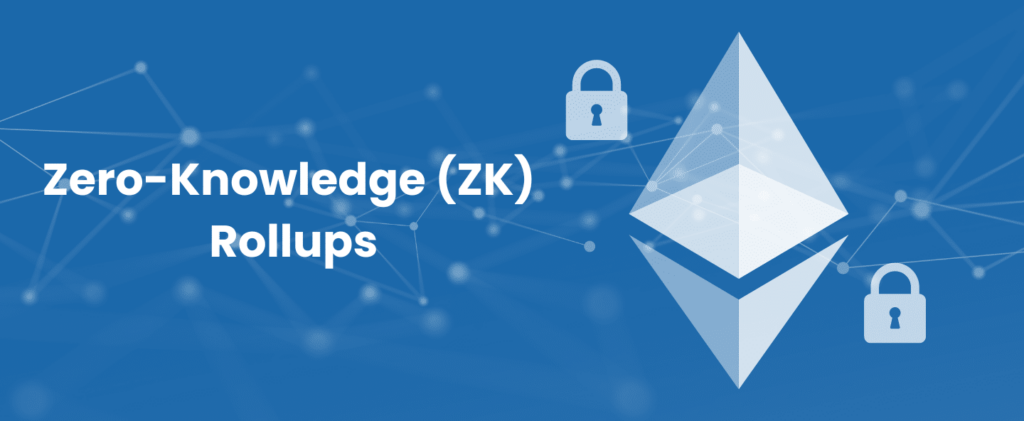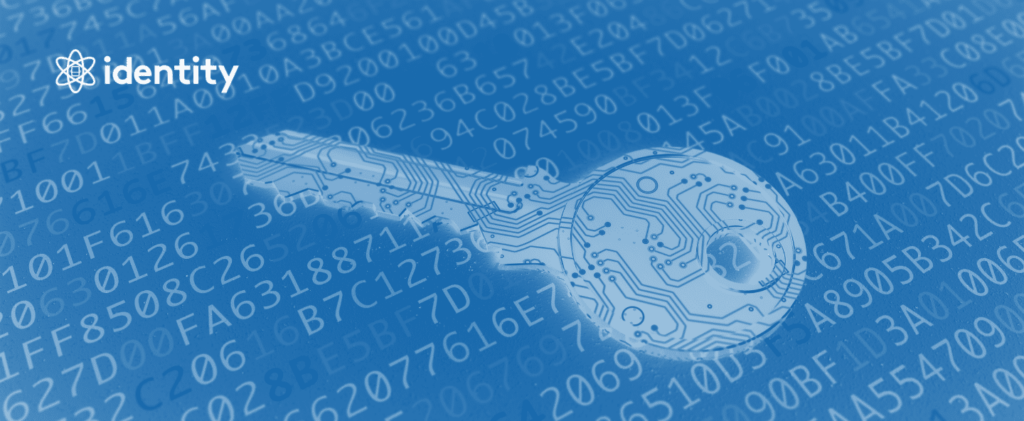What Is Hashing (Hash) in Cybersecurity?

Key Takeaways: Hashing is a cryptographic process that converts input data into a fixed-length string of characters. This output, known as a hash value or hash code, is typically a sequence of numbers and letters. Hash functions are deterministic, meaning they generate the same hash for identical input data. Even a minor change to the […]
What Is Quantum Computing?

Key Takeaways: Quantum computing leverages quantum mechanics to solve complex problems exponentially faster. Unlike classical computing, which uses bits to represent data as either 0 or 1, quantum computing uses qubits that can exist in multiple states simultaneously, enabling more powerful processing. Quantum computing threatens traditional encryption but offers advanced solutions like quantum key distribution […]
Verifiable Credentials: The Future of Digital Identity

Key Takeaways: Verifiable Credentials (VCs) are digital credentials that are cryptographically verified, enabling instant and secure identity verification. These credentials are issued by trusted authorities and are designed to verify specific information about an individual or entity. Verifiable credentials allow individuals to share only the necessary information, protecting privacy by limiting the exposure of personal […]
What Are ZK Rollups? Scalability and Privacy in Blockchain

Key Takeaways: ZK Rollups (Zero-Knowledge Rollups) are a type of Layer 2 scaling solution designed to address scalability limitations on blockchains. They significantly enhance transaction processing capacity and efficiency, paving the way for a more robust digital ecosystem. ZK Rollups tackle blockchain scalability, reduce fees, speed up transactions, and protect privacy through efficient batch processing […]
What Is Data Encryption and How Does It Enhance Security?

Key Takeaways: Data encryption is the process of converting readable data into an unreadable format using an algorithm and a key. This helps sensitive information remain secure and inaccessible to unauthorized parties. Only individuals or systems with the correct decryption key can reverse the encryption process and convert the ciphertext back into its original readable […]
What Is Homomorphic Encryption?

Key Takeaways: Homomorphic encryption allows computations to be performed directly on encrypted data. The data stays protected throughout the process, eliminating the need to decrypt it for analysis or processing. Organizations can outsource data processing, such as to cloud providers or analytics firms, without sharing raw or sensitive information. This reduces trust barriers and minimizes […]
Key Components of a Blockchain Network

In an era where identity theft, fraud, and high-scale hacking are on the rise, we need a better system to store users’ data. A system that is not prone to a single point of failure (SPOF), a system that shifts its focus from centralization into decentralization. This solution will not only secure and arrange data […]
What Are Zero-Knowledge Proofs (ZKP)?

Key Takeaways: Zero-knowledge proofs (ZKPs) allow you to prove their knowledge or possession of specific information without actually revealing the data itself. This technique enhances privacy and security, enabling verification of sensitive details while keeping the underlying data confidential. The enhanced security provided by ZKPs makes them particularly useful in applications like identity verification and […]
What Is Web3? Web 3.0 Explained

This is Part 2 of our series on the evolution of the World Wide Web For further insights, check out Part 1 and Part 3. Key Takeaways: Web3, also known as Web 3.0, is the next generation of the internet, designed to create a decentralized, user-centric ecosystem. Unlike Web2, which relies on centralized platforms and […]